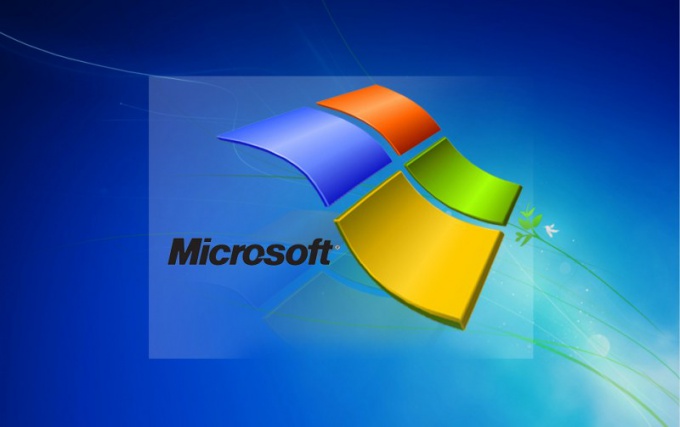Instruction
1
A shortcut can be placed on the desktop in the main menu of the operating system or in one of the folders on any drives on the computer. To open the configuration window it is necessary to access it. With the desktop everything is simple, with the main menu and access the folders on the disks will have to use the default file Manager - Windows Explorer. Call it by double-clicking on the icon "Computer" on the desktop and single item with the same name in the main menu of the OS.
2
Go to "Explorer" to the desired shortcut and click it with the right mouse button to bring up the contextual menu. If this object is placed in the main menu or on the desktop, the way the menu will be the same. Select "Properties" - the bottom line list, and the settings window of the shortcut will appear on the screen.
3
Depending on the version of the operating system, the number of tabs in the properties window may be different - from three to seven. Most often you need to change the settings placed on the tab "Shortcut". In the "Object" you can add additional keys to run the application. In the drop-down list Window, you can choose what should appear in program window on the screen is expanded to full screen, minimized to tray or medium size.
4
On the same tab there is a button "Change icon" if you want to change the image of the selected object, open the search dialog new icons by clicking on this button. Button "Location" opens a window "Explorer" in the folder where it is attached to the label file, and click "Advanced" window where you can change the user name to open the file.
5
If you want to change the attributes of a label, click on the "General" tab - there are several checkboxes and a button that opens the advanced settings. And on the Compatibility tab, you can adjust the startup settings files from older versions if they are incorrectly processed operating system.
6
In addition to these three in the properties window of the label can be four more tabs with settings that help to set access rights for various users (Security), "rollback" to a previous version (Previous versions), to compare the checksum with two labels (File Hashes).
